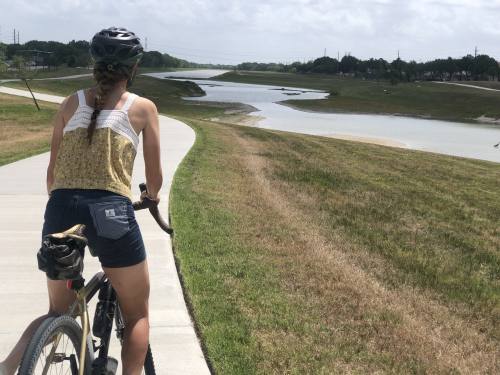Bellaire | Meyerland | West University
Prego to close after 40 years in Rice Village
After 40 years of serving Italian food to diners in Rice Village with a tentative upcoming relocation, officials with Prego announced on social media that they won't be relocating.






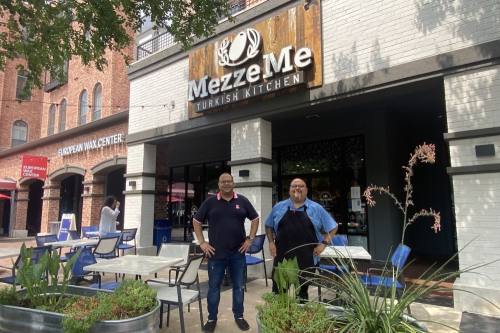

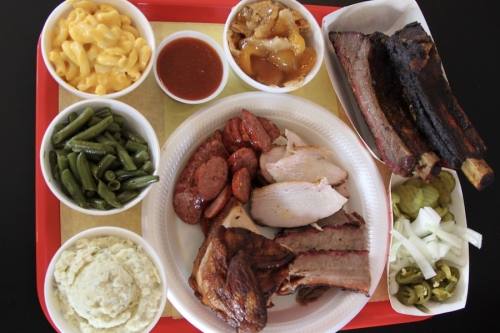
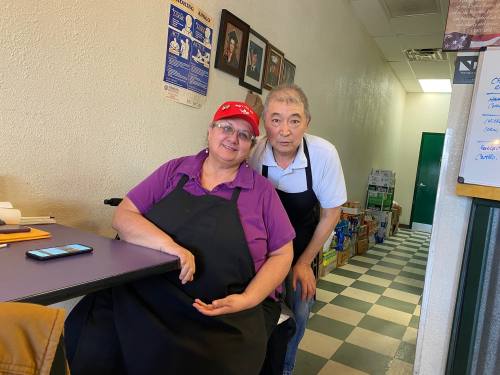





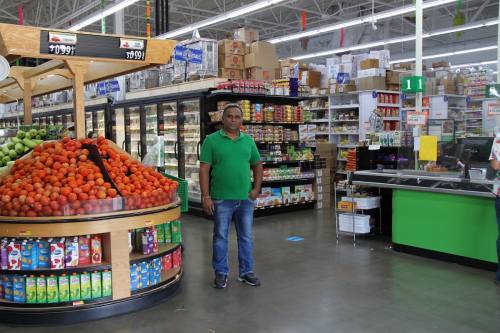



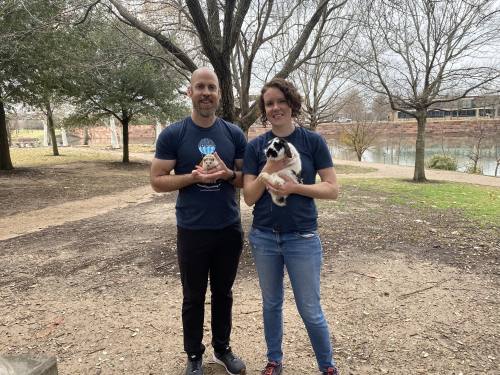
 Be the reader to
Be the reader to 